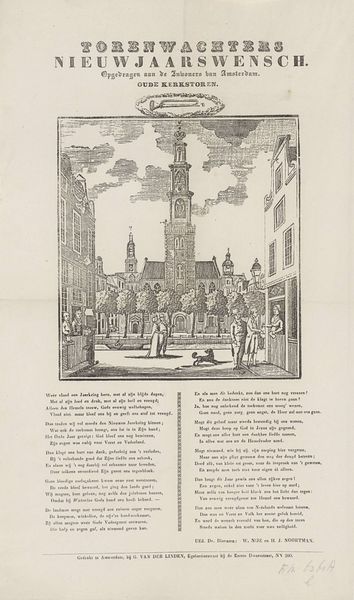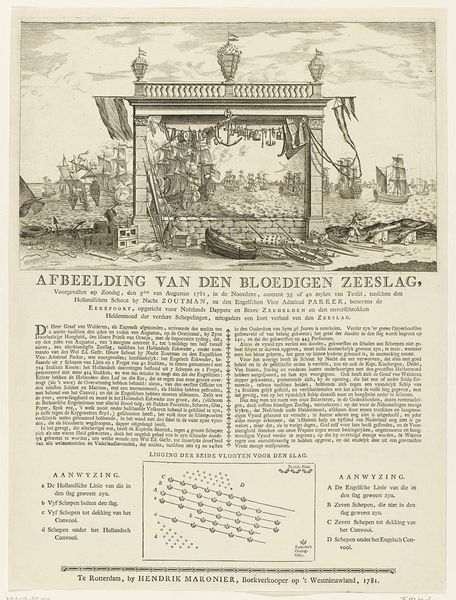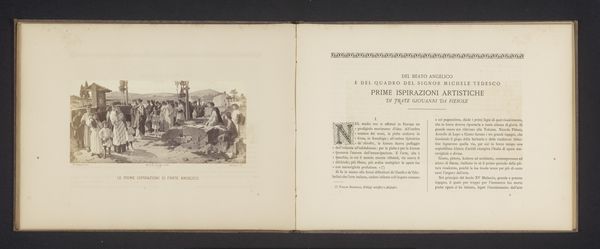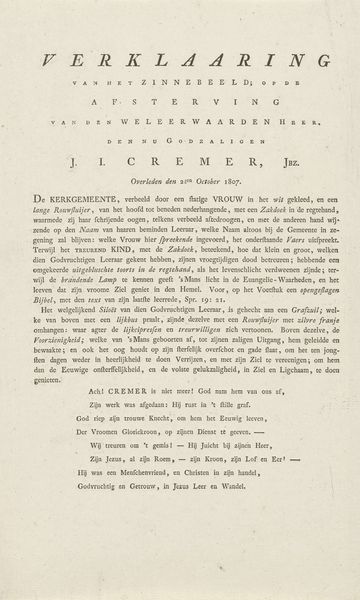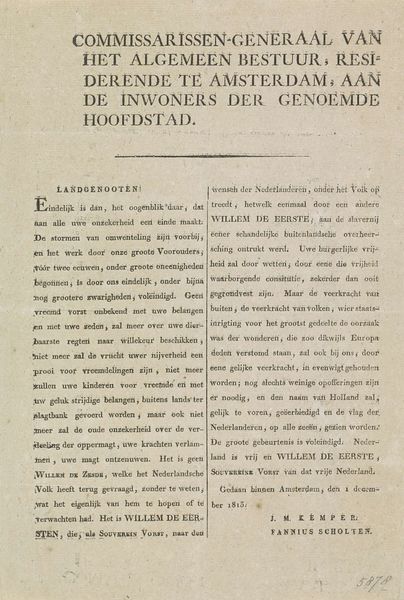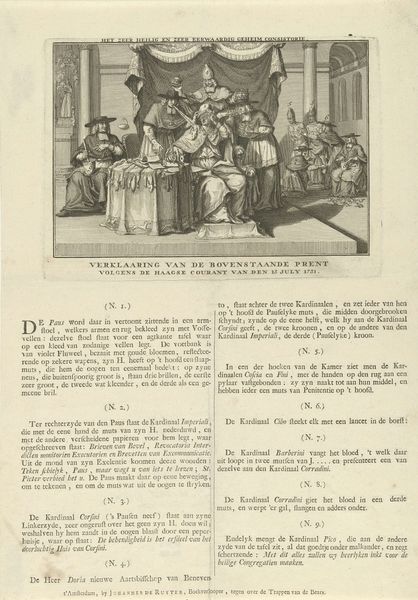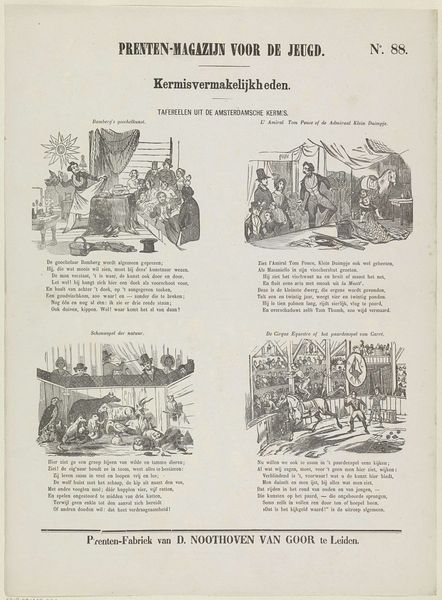
print, engraving
#
dutch-golden-age
# print
#
cityscape
#
history-painting
#
engraving
Dimensions: height 227 mm, width 145 mm
Copyright: Rijks Museum: Open Domain
Editor: Here we have "Utrechtse maskerade van 1851: Unie van Utrecht in 1579", created by F.W. Boom in 1851. It’s an engraving. I'm struck by the level of detail in what seems to be a celebratory procession, yet rendered with such fine lines. What’s your take on it? Curator: Well, this print is fascinating precisely because it stages a historical event – the Union of Utrecht in 1579 – much later, in 1851. It allows us to consider the socio-political functions of art and imagery. Consider, for instance, how the visual elements, such as the allegorical figures and cityscape, might be crafted to evoke a particular sentiment about Dutch national identity at that later historical moment. Editor: So, it's less about an accurate depiction of 1579 and more about what 1851 Netherlands wanted to say about itself? Curator: Exactly! The grand procession becomes a stage for the construction of collective memory. Note how the choice of a popular medium like printmaking makes this historical narrative accessible to a broad public. The artist here isn’t simply recording history, they are shaping it, influencing public perception of historical narratives and potentially solidifying certain socio-political agendas. Do you notice anything about how the imagery draws from earlier artistic traditions? Editor: It does feel like it's referencing, maybe even romanticizing, the Dutch Golden Age… almost like a visual form of national myth-making. I guess, in that light, this print tells us less about the actual Union and more about the evolving idea of Dutch identity. Curator: Precisely. By examining art's social and political life we see that "Utrechtse maskerade" reveals far more about the culture that produced it than the history it purports to depict. Editor: It’s eye-opening to see how an artwork can become a tool for cultural and political dialogue. It really highlights art's power beyond aesthetics.
Comments
No comments
Be the first to comment and join the conversation on the ultimate creative platform.

